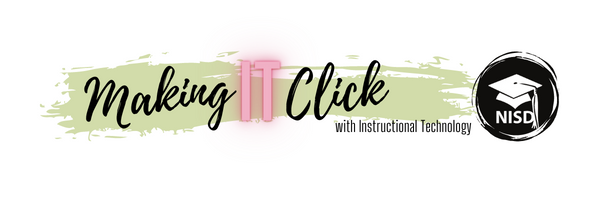In Scholastic’s Teacher Magazine, Harry K. and Rosemary T. Wong, explain that, “A well-managed classroom is perhaps even more important to students than to teachers because it gives them a sense of security.” Consistent expectations and procedures give children opportunities to develop habits, self-awareness, and to take ownership for their own decisions; they develop a routine for living. In 2018, the University of Georgia reported that adolescents with predictable routines showed lower levels of stress hormones, were more likely to continue positive habits into adulthood, and also were less likely to develop negative habits like alcohol and drugs.
While the postive impacts of classroom predictability and consistency on children is not news to most educators, trying to maintain those elements in a remote or partially remote setting can be very challenging. When the classroom structure was flipped on its head due to Covid, many Northwest ISD educators knew the foundational importance of consistency and found creative ways to establish new norms in a mostly digital classroom environment. These practices have been carried through emergency remote learning and are being implemented as an ongoing practice that allows students to develop habits and empowers them to take charge of their own learning.

Lashaumbe Jernigan, an Algebraic Reasoning teacher at V. R. Eaton High School, uses a week-at-a-glance calendar as well but in addition, she provides an easy to read Google document for her remote students where she records everything done each day. A parent of one of Mrs. Jernigan’s students said, “Mrs. Jernigan is fabulous! She posts everything my son needs right at the top of her Moodle page so that it’s the first thing you see. My student and I can easily see what he needs to do throughout the week and how he should prepare for his quizzes, scheduled on Fridays. Students can use the Daily Lessons chart to go back and look at work they are missing in order to help them stay on top of their own work.”



No comments:
Post a Comment
Note: Only a member of this blog may post a comment.